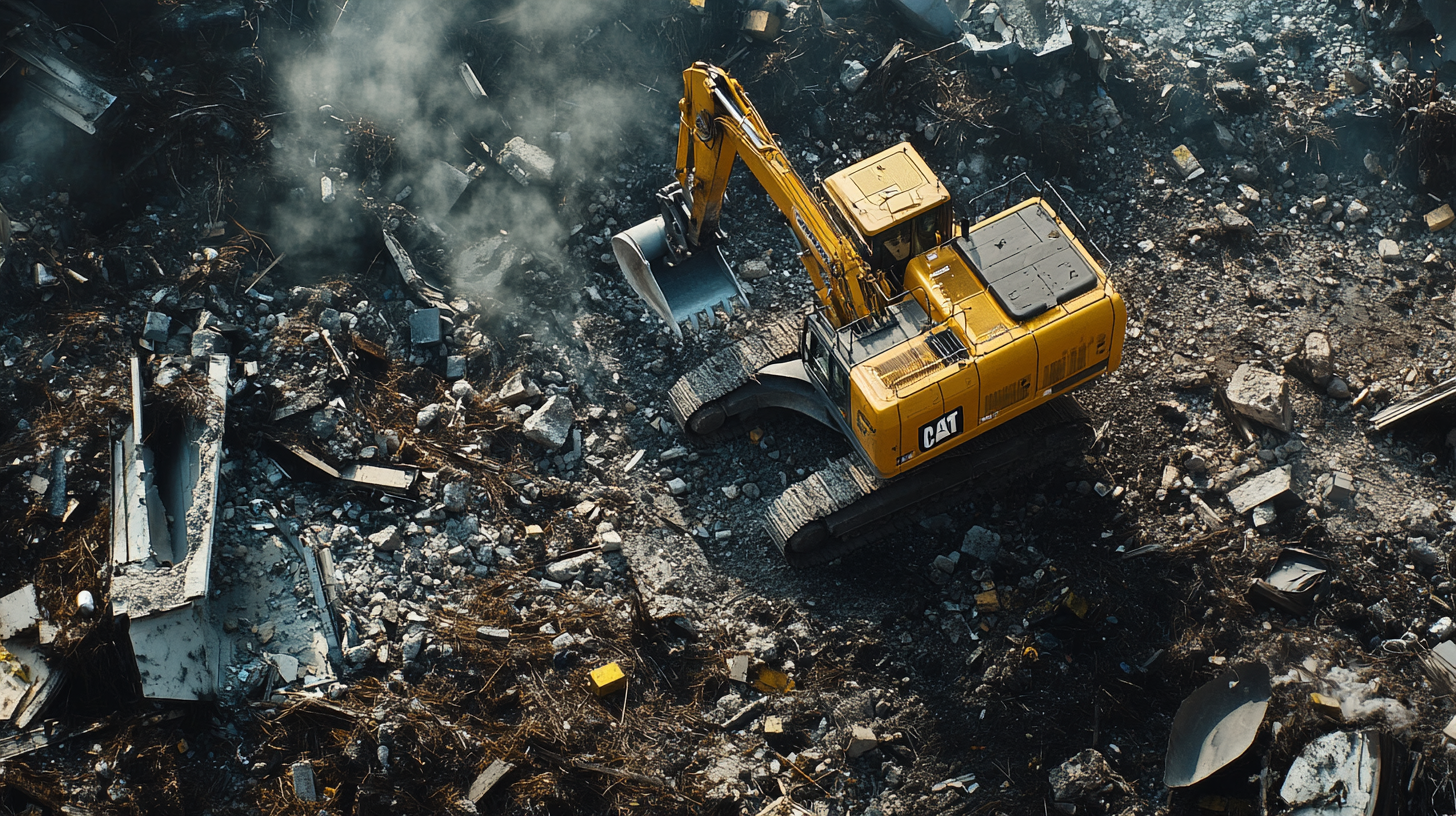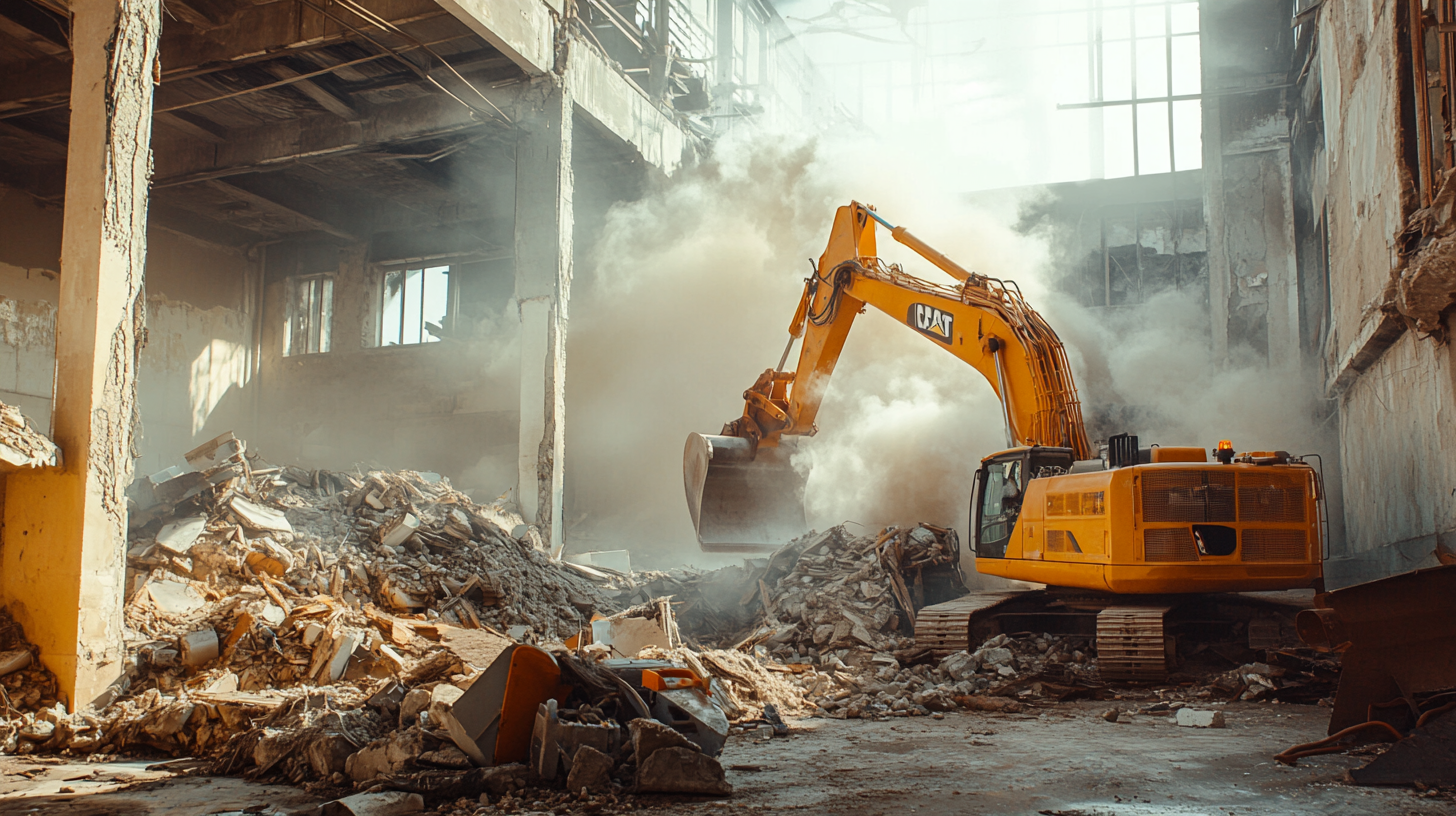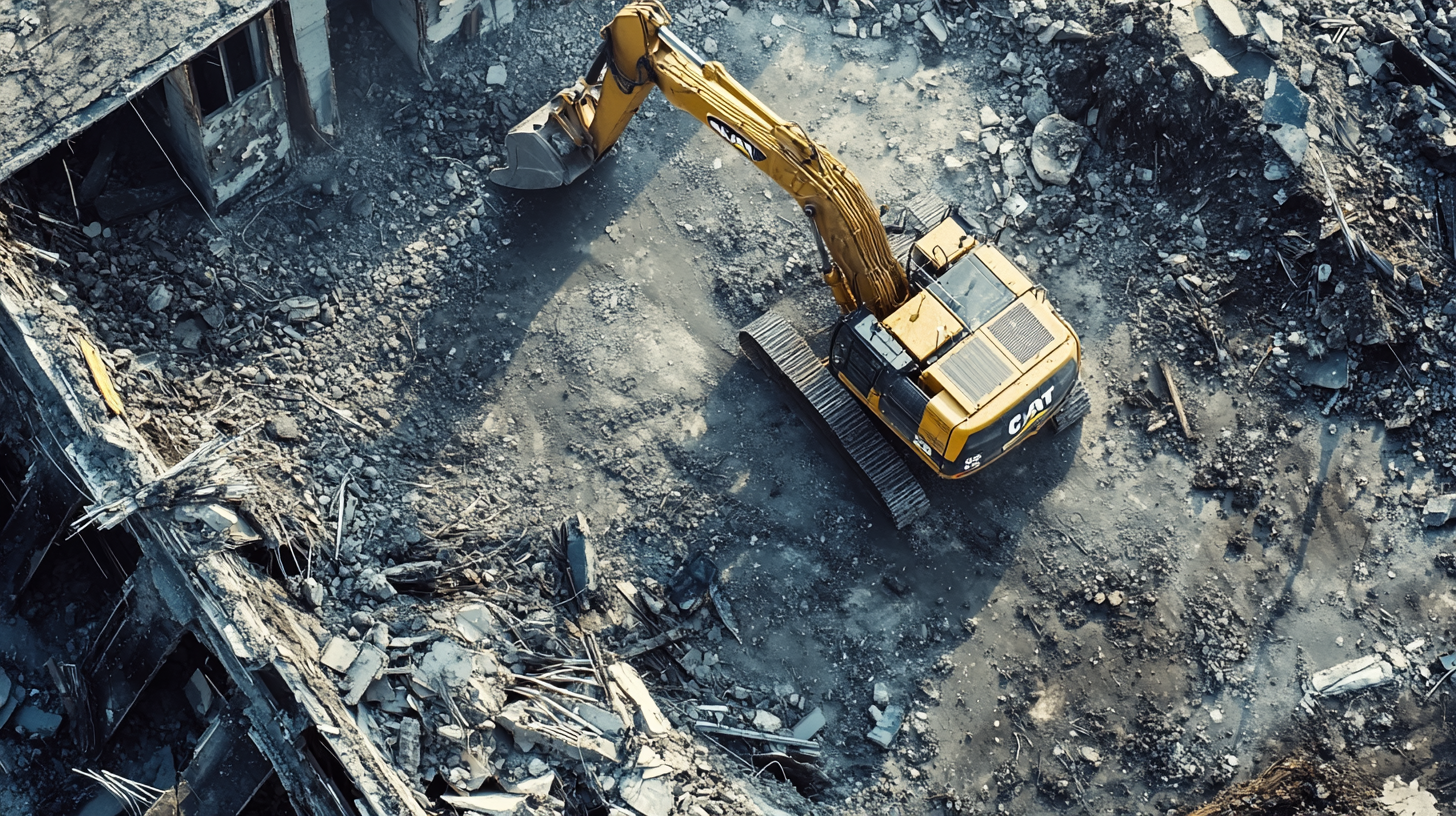
Moisture barrier technology plays a crucial role in various industries by providing essential protection against moisture-related damages. This technology is particularly vital in fields such as packaging, construction, and electronics, where the presence of moisture can significantly compromise the integrity and functionality of products and structures. The implementation of effective moisture barriers helps in extending the lifespan of materials, preserving the quality of goods, and ensuring the reliability of electronic devices.
In packaging, moisture barriers are essential for maintaining the shelf life and safety of perishable goods. They prevent moisture ingress, which can lead to spoilage, mold growth, and overall degradation of food and pharmaceutical products. In the construction industry, moisture barrier systems are employed to protect buildings from water infiltration, which can cause structural damage, mold growth, and deterioration of building materials. Additionally, in the electronics sector, moisture barriers safeguard sensitive components from humidity, thereby preventing corrosion and electrical failures.
Overall, moisture barrier technology is indispensable for ensuring the durability, safety, and quality of various products and structures across multiple industries. By mitigating the adverse effects of moisture, these barriers contribute to the longevity and reliability of a wide range of applications.
Cutting-Edge Materials in Moisture Barrier Technology
Nanotechnology Applications
Explanation of Nanotechnology in Moisture Barriers Nanotechnology involves manipulating matter on an atomic or molecular scale, typically below 100 nanometers. In moisture barrier technology, nanotechnology is used to create ultra-thin layers that are highly effective at preventing moisture ingress. These nanolayers can be engineered to have specific properties that enhance their barrier performance, making them essential in protecting sensitive materials from moisture damage.
Key Benefits
- Enhanced Protection: Nanotechnology allows for the creation of barriers that are more effective at blocking moisture compared to traditional materials. The tiny size of the particles ensures that there are no gaps for moisture to penetrate, providing superior protection.
- Increased Durability: Nanomaterials are often more durable than conventional materials. They can withstand harsh environmental conditions without degrading, thus maintaining their protective properties over a longer period.
- Improved Flexibility: Nanotechnology enables the development of flexible moisture barriers that can be applied to a wide range of surfaces and materials. This flexibility is particularly important in applications where traditional rigid barriers would fail.
Case Studies or Examples of Nanotechnology Usage One notable example of nanotechnology in moisture barriers is the use of nano-coatings in electronics. These coatings protect sensitive components from humidity and water, ensuring the longevity and reliability of devices such as smartphones and tablets. Another example is in packaging, where nanocomposite films are used to extend the shelf life of food products by preventing moisture ingress.
Graphene-Enhanced Barriers
Properties of Graphene Relevant to Moisture Barriers Graphene, a single layer of carbon atoms arranged in a two-dimensional honeycomb lattice, possesses unique properties that make it an excellent material for moisture barriers. It is incredibly thin yet strong, and it has a high degree of impermeability to gases and liquids.
Advantages
- Superior Impermeability: Graphene is nearly impermeable to all substances, including water vapor, making it an ideal material for moisture barriers. This property ensures that even the smallest molecules cannot pass through, providing unmatched protection.
- High Tensile Strength: Despite its thinness, graphene is remarkably strong. It can enhance the structural integrity of moisture barriers, making them more resistant to physical damage and wear.
- Current Research and Applications: Research into graphene-enhanced barriers is ongoing, with applications being explored in various fields. For instance, in the construction industry, graphene is being used to develop coatings that protect buildings from moisture damage. In the medical field, graphene-based barriers are being tested for use in packaging to extend the shelf life of pharmaceuticals by preventing moisture ingress.
The advancements in nanotechnology and graphene-based materials represent significant steps forward in moisture barrier technology, offering enhanced protection, durability, and flexibility. These cutting-edge materials are set to revolutionize industries by providing more effective solutions to combat moisture-related issues.
Environmental Considerations and Sustainable Solutions
Biodegradable Moisture Barriers
Description and Importance of Biodegradable Materials Biodegradable moisture barriers are designed to break down naturally in the environment through the action of microorganisms. These materials are typically derived from renewable resources, such as plant-based polymers, and are engineered to decompose under specific conditions without leaving harmful residues. The importance of biodegradable materials lies in their potential to reduce the environmental impact of plastic waste, which is a significant global issue. By replacing conventional plastic barriers with biodegradable alternatives, industries can mitigate pollution and contribute to a more sustainable future.
Benefits
- Reduced Environmental Impact: Biodegradable materials help minimize the accumulation of persistent plastic waste in landfills and oceans, thereby reducing environmental pollution and its associated negative effects on wildlife and ecosystems.
- Easier Disposal and Decomposition: These materials are designed to decompose more quickly and safely than traditional plastics, facilitating easier disposal and reducing the burden on waste management systems.
Examples of Biodegradable Moisture Barrier Products Some examples of biodegradable moisture barriers include films made from polylactic acid (PLA), a polymer derived from corn starch, and polyhydroxyalkanoates (PHA), which are produced by bacterial fermentation of sugars and lipids. These materials are used in packaging applications to protect food and other perishable goods while ensuring that the packaging itself does not contribute to long-term environmental degradation.
Recyclable Moisture Barrier Technologies
Explanation of Recyclable Barrier Materials Recyclable moisture barriers are designed to be processed and reused at the end of their lifecycle. These materials are often made from mono-materials, which are easier to recycle compared to multi-layered composites. The goal is to create barriers that provide effective moisture protection while being fully recyclable within existing waste management infrastructures.
Advantages
- Sustainability: Recyclable barrier materials promote a circular economy by enabling the recovery and reuse of valuable resources. This reduces the demand for virgin materials and minimizes the environmental footprint of production processes.
- Cost-Effectiveness: Over time, the ability to recycle barrier materials can lead to cost savings for manufacturers and consumers. By reducing the need for new raw materials and decreasing waste disposal costs, recyclable barriers offer a more economical solution.
Innovations in Recycling Processes for Barrier Materials Recent advancements in recycling technologies have improved the efficiency and feasibility of processing recyclable moisture barriers. For example, new chemical recycling methods can break down complex polymers into their monomeric components, which can then be re-polymerized into new materials. This process allows for the recycling of materials that were previously difficult to handle through traditional mechanical recycling methods. Additionally, innovations in sorting and cleaning technologies have enhanced the purity and quality of recycled materials, making them more suitable for high-performance applications.
By focusing on biodegradable and recyclable moisture barrier technologies, industries can address environmental concerns while maintaining the functionality and protection required for their products. These sustainable solutions represent a significant step forward in reducing the environmental impact of moisture barrier applications across various sectors.
Industry-Specific Innovations
Food Packaging
Importance of Moisture Barriers in Food Preservation Moisture barriers are critical in the food packaging industry as they play a vital role in preserving the freshness and safety of food products. By preventing the ingress of moisture, these barriers help maintain the quality and extend the shelf life of perishable goods. Moisture can lead to spoilage, mold growth, and a decrease in the nutritional value of food, making effective barriers essential for food safety and consumer health.
Latest Technologies
- Edible Coatings: These are thin layers applied directly to food products, acting as a barrier to moisture and gases. Made from natural ingredients like proteins, polysaccharides, and lipids, edible coatings not only protect food but can also improve its taste and nutritional value.
- Antimicrobial Films: These advanced films incorporate antimicrobial agents that inhibit the growth of bacteria, fungi, and other microorganisms. By combining moisture barrier properties with antimicrobial protection, these films significantly enhance food safety and extend shelf life.
Impact on Shelf Life and Food Safety Implementing these technologies in food packaging has shown to substantially increase the shelf life of products, reducing waste and ensuring that consumers receive high-quality, safe food. Edible coatings and antimicrobial films are at the forefront of innovative solutions that meet the growing demand for sustainable and effective food preservation methods.
Electronics and Wearable Devices
Role of Moisture Barriers in Protecting Electronics Moisture barriers are essential in the electronics industry to protect sensitive components from humidity and water exposure. These barriers prevent corrosion, electrical failures, and other moisture-related damages that can compromise the functionality and longevity of electronic devices.
Innovations
- Flexible Barriers for Wearables: The development of flexible moisture barriers has revolutionized the wearable technology market. These barriers are designed to conform to the shape and movement of wearable devices, providing robust protection without compromising comfort or functionality.
- Advanced Coatings for Sensitive Components: New coatings have been developed that offer enhanced protection for electronic components. These advanced coatings are often nanotechnology-based, providing ultra-thin yet highly effective moisture barriers that can be applied to intricate and delicate parts of electronic devices.
Benefits to Device Longevity and Performance The application of these innovative moisture barriers ensures that electronic devices, including wearables, remain reliable and functional over extended periods. By protecting against moisture, these barriers help maintain the performance and durability of devices, leading to longer lifespans and better user experiences.
Through continuous advancements in moisture barrier technologies, both the food packaging and electronics industries are achieving new levels of efficiency, safety, and sustainability. These innovations not only address current challenges but also pave the way for future developments in product preservation and protection.
Testing and Performance Standards
Performance Testing Techniques
Overview of Testing Methods for Moisture Barriers Performance testing of moisture barriers is crucial to ensure their effectiveness and reliability in various applications. Several standardized testing methods are employed to evaluate the performance of moisture barriers, focusing on key metrics that determine their protective capabilities.
Key Metrics
- Water Vapor Transmission Rate (WVTR): This metric measures the amount of water vapor that passes through a material over a specified period. A lower WVTR indicates a more effective moisture barrier. Testing for WVTR involves placing the barrier material between two environments with different humidity levels and measuring the amount of moisture that diffuses through the material.
- Durability Tests: These tests assess the barrier's ability to withstand environmental stressors such as temperature fluctuations, physical abrasion, and prolonged exposure to moisture. Durability tests simulate real-world conditions to ensure that the barriers maintain their integrity and performance over time.
Importance of Standardized Testing Standardized testing is essential to ensure consistency, reliability, and comparability of results across different products and manufacturers. By adhering to established testing protocols, manufacturers can demonstrate the efficacy of their moisture barriers, instilling confidence in consumers and regulatory bodies. Standardized tests also facilitate innovation by providing a clear framework for evaluating new materials and technologies.
Regulatory Standards and Compliance
Key Regulatory Bodies and Standards Several regulatory bodies oversee the standards for moisture barrier performance to ensure product safety and quality. Key organizations include:
- ASTM International (American Society for Testing and Materials): Provides widely recognized standards for testing the properties and performance of materials, including moisture barriers.
- ISO (International Organization for Standardization): Develops and publishes international standards to ensure products and services are safe, reliable, and of high quality.
- FDA (Food and Drug Administration): In the context of food and pharmaceutical packaging, the FDA sets guidelines and regulations to ensure that moisture barriers meet health and safety standards.
Importance of Compliance in Global Markets Compliance with regulatory standards is critical for manufacturers to access and compete in global markets. Adhering to these standards ensures that products meet the safety and performance requirements of different regions, facilitating international trade and consumer trust. Non-compliance can result in legal consequences, product recalls, and damage to a company's reputation.
Recent Changes and Updates in Regulations Regulatory standards are continuously updated to reflect advancements in technology and emerging health and safety concerns. Recent changes may include stricter requirements for barrier performance, enhanced testing protocols, and increased emphasis on sustainable and environmentally friendly materials. Staying abreast of these updates is essential for manufacturers to ensure ongoing compliance and to leverage new opportunities in the marketplace.
By focusing on robust testing techniques and adhering to stringent regulatory standards, manufacturers can ensure that their moisture barriers provide reliable protection and meet the diverse needs of various industries. These practices not only enhance product quality but also support sustainable and responsible manufacturing processes.
Smart Moisture Barrier Technologies
IoT-Integrated Moisture Barriers
Introduction to Smart Moisture Barriers Smart moisture barriers leverage Internet of Things (IoT) technology to enhance their functionality and efficiency. These advanced barriers incorporate sensors and connectivity features that allow for real-time monitoring and automated responses to changes in environmental conditions. By integrating IoT, these barriers can provide more proactive and precise protection against moisture.
Features
- Real-Time Monitoring: IoT-enabled moisture barriers are equipped with sensors that continuously monitor environmental parameters such as humidity and temperature. This real-time data collection allows for immediate detection of potential issues, enabling swift corrective actions.
- Automated Response Systems: These systems can automatically adjust their protective measures based on the monitored data. For example, if a significant increase in humidity is detected, the barrier can trigger mechanisms to enhance its moisture resistance or alert maintenance personnel.
Examples of IoT-Enabled Barrier Systems IoT-integrated moisture barriers are used in various industries. In construction, smart barriers can monitor the moisture levels in building materials, ensuring structural integrity. In agriculture, they help in maintaining optimal conditions for crop storage by adjusting to environmental changes. In electronics, smart barriers protect sensitive components by responding dynamically to humidity fluctuations, thus preventing damage and extending the lifespan of devices.
Responsive Materials
Explanation of Responsive Materials in Barriers Responsive materials in moisture barriers are designed to adapt to environmental changes, providing dynamic protection. These materials can alter their properties in response to external stimuli such as moisture, temperature, or pressure, enhancing the barrier's effectiveness.
Benefits
- Adaptive Protection: Responsive materials can adjust their characteristics based on the surrounding conditions. This adaptability ensures that the barrier remains effective under varying environmental conditions, providing consistent protection.
- Improved Efficiency: By responding to specific environmental triggers, these materials optimize their performance, reducing the need for constant manual adjustments and maintenance. This leads to more efficient and reliable moisture management.
Current Developments and Future Potential Current developments in responsive materials include polymers that can change their permeability in response to moisture levels, and coatings that can self-repair when damaged. Future advancements may lead to even more sophisticated materials capable of complex responses to a wider range of environmental factors. These innovations hold significant potential for improving the durability and functionality of moisture barriers across various applications, from packaging to construction to electronics.
By integrating IoT technology and utilizing responsive materials, the latest innovations in moisture barrier technology offer enhanced protection, greater efficiency, and improved adaptability. These advancements are setting new standards for moisture management, ensuring better performance and sustainability in numerous industries.
FAQs
Contact Bull City Crawlspace Today!
Bull City Crawlspace will do everything we can to ensure your experience with us is excellent.
Request A FREE Estimate
Request a Free Estimate Form
Checkout Recent Post




Got a Question? We’re Here to Help.
You can arrange an appointment or make an enquiry by phone or email, orget in touch to us via our contact form.

